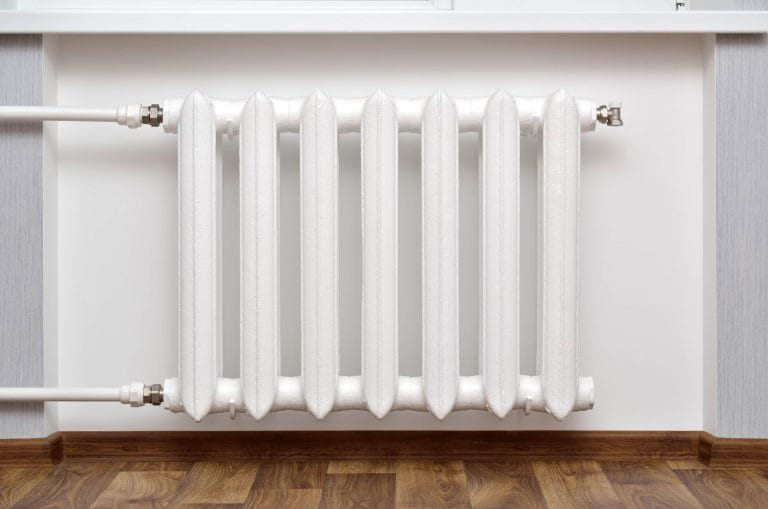It is an operation often overlooked but is crucial to prevent thermal dispersion. Insulating heating pipes is therefore a fundamental step for energy optimization. Let's discover it together.
How to insulate radiator pipes?
The term "insulation" refers to the action of covering a body or an environment with a material that prevents the passage of thermal energy or sound waves. It is a concept easy to understand, especially when thinking about insulation for walls or floors.
The same applies to the pipes of the heating system that carry hot water to the radiators. The intervention is efficient in any case and even more so if the surrounding spaces are not insulated or inadequately insulated. It also contributes to reducing pipes’ noise.
Details make the difference. Dispersion affects consumption and costs on the bill. In addition to insulation, there are solutions provided by home automation, such as smart thermostatic valves that interrupt, for example, the heat supply when a window near the radiator is open.
In addition to smart devices, there are specific materials readily available in specialised stores.
What is used to insulate pipes?
Various solutions can be adopted to insulate radiator pipes, employing insulating cases made of:
- glass wool;
- rock wool.
Alternatively, you can opt for:
- external insulation with polyethylene foam;
- self-adhesive sponge insulation tapes;
- rigid pipes made of expanded polyurethane, appreciated in construction for being an excellent insulating material.
How to insulate heating pipes?
If you are installing a new heating system, insulation is typically done during the working phase. However, if you need to work on already installed radiators, a bit of manual skill is sufficient for those familiar with this type of task.
- Start by making a longitudinal cut in the sleeves, taking into account the measurements of the pipes to be insulated.
- Then, apply the sleeves. To seal them along the cut, you can use specific glue for a tight closure.
- For right angles, trim the ends of the covers facing the corner with a 45° cut.
- Then, fit them together to cover the affected space.
- In more challenging corners, use insulating tape.
You can also rely on the expertise of an experienced technician.
How to insulate water pipes from freezing?
Those living in extremely cold regions during the winter season must pay attention to insulating water pipes from freezing.
A frozen pipe containing liquids like water can lead to the breakage of the home plumbing system:
- the external temperature drops below freezing;
- water freezes and expands in volume;
- the pipe ruptures, causing inconvenience and setbacks (along with significant repair costs).
The home and plumbing system’s designing phase is crucial to prevent pipes from being exposed to intense cold. For externally visible pipes, the remedy involves sleeves and cases, i. e. cylindrical supports treated with thermosetting resins.
They are produced with different materials, including rock wool and polyurethane.
Appropriate precautions also include placing counters in adequately protected niches.
If the system is not used for an extended period, as is the case with vacation homes in the mountains and very cold regions, it should be completely emptied to prevent the accumulation of water, which can be dangerous.











































